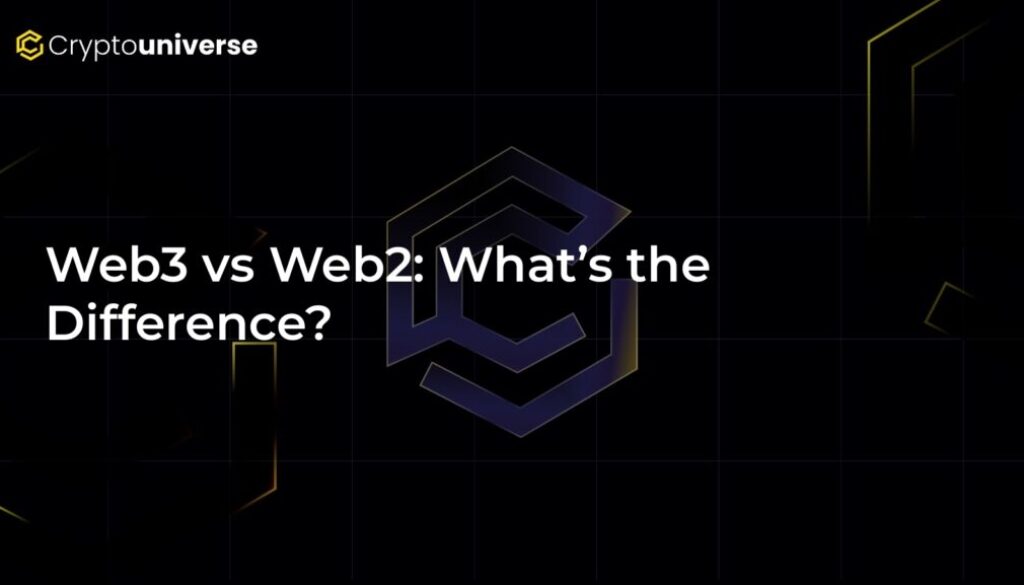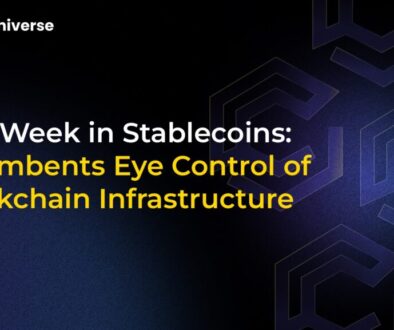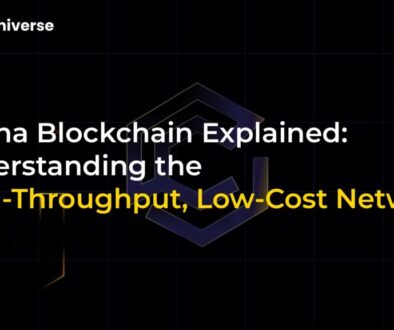Web3 vs Web2: What’s the Difference?

Web3 vs Web2: What’s the Difference? A Simple Guide to the Next Internet
The internet has transformed our world. From the simple, static pages of Web1 (the “read-only” web) to the dynamic, user-generated platforms of Web2, each evolution has brought us closer together. Now, we stand at the cusp of another monumental shift: the transition to Web3. But what exactly is the difference in the
While Web2 gave us social media, e-commerce, and the creator economy, it came at a hidden cost: our data. Large tech companies built empires by controlling our information. Web3, powered by blockchain technology, promises to dismantle these digital monopolies and build a more equitable, user-owned internet. Let’s break down what this really means.
What is Web2? The Internet of a Few Giants
Web2 is the internet we use every day. Think of platforms like Facebook, Google, Twitter, and YouTube. It’s often called the “Social Web” or the “Read-Write Web” because it empowered users not just to consume content but also to create and share it.
Key Characteristics of Web2:
- User-Generated Content: You can write blogs, post photos, upload videos, and share your thoughts with the world.
- Interactivity: The web became a two-way street, fostering communication and community building.
- Centralization: This is the defining, and most problematic, feature. All the data you create is stored on servers owned and controlled by a handful of corporations. You have an account, but you don’t own the platform or your data on it.
In the Web2 model, users are the product. Your data is collected, analyzed, and sold to advertisers. The platforms act as powerful intermediaries, controlling what you see, who you can connect with, and the rules of engagement.
What is Web3? The Internet Owned by Users
Web3 represents a fundamental paradigm shift. Often called the “Decentralized Web” or the “Read-Write-Own Web,” its vision is to build an internet that isn’t owned by corporations but by its users and builders.
This is made possible by technologies like blockchain, cryptocurrencies, and smart contracts. Instead of data being stored on a single company’s server, it’s distributed across a vast network of computers, making it transparent, secure, and resistant to censorship.
Core Principles of Web3:
- Decentralization: There is no single point of control or failure. Power is distributed among the users.
- True Ownership: You own your data, digital identity, and assets (like NFTs). You control who can access and use your information.
- Trustless and Permissionless: Interactions are governed by code (smart contracts) that executes automatically, removing the need for trusted intermediaries like banks or tech giants.
- Native Value Transfer: Cryptocurrencies are built directly into the web’s fabric, allowing for seamless and direct peer-to-peer payments without financial institutions.
Key Differences: Web2 vs. Web3 at a Glance
To truly understand the shift, let’s compare the two side-by-side.
1. Architecture: Centralized vs. Decentralized
Web2: Relies on a client-server model. Your data lives on a centralized server owned by a company like Google or Amazon.
Web3: Uses a distributed, peer-to-peer network (blockchain). Data is spread across thousands of nodes, making the system more resilient and transparent.
2. Data Control: Corporate vs. User Ownership
Web2: Companies own and monetize your data. You essentially rent your digital space.
Web3: You own your data. You can choose to share it, monetize it yourself, or keep it private. Your digital identity is tied to your crypto wallet, not an email address controlled by a corporation.
3. Identity: Logins vs. Wallets
Web2: You log in with an email and password or via a social account (e.g., “Log in with Google”). This identity is controlled by the service provider.
Web3: You connect with a self-custodial crypto wallet (like MetaMask). This wallet is your anonymous, secure digital identity that you control and can use across different applications (dApps).
4. Governance: Top-Down vs. Community-Led
Web2: Companies make all the decisions about features, rules, and censorship.
Web3: Many projects are governed by Decentralized Autonomous Organizations (DAOs). Users who hold the project’s governance tokens can vote on proposals and collectively decide on the future of the platform.
5. Monetization: Advertising vs. Tokenomics
Web2: The primary business model is advertising, which relies on harvesting user data.
Web3: Value is created and exchanged through tokens. Users can earn tokens for participating, creating content, or providing services, creating a more direct and equitable creator economy.
Why Should You Care About Web3?
This isn’t just a technical upgrade; it’s a social and economic one. The move from Web2 to Web3 has tangible benefits for the average user:
- Enhanced Privacy and Security: With no central database to hack, your data is more secure. You control your identity without giving away personal information.
- Censorship Resistance: Since no single entity controls the network, it’s much harder for governments or corporations to shut down services or delete content they don’t like.
- New Economic Opportunities: Web3 enables new models like play-to-earn gaming, where players own their in-game assets and can earn real money. Creators can monetize their work directly without giving a large cut to platforms.
- Financial Inclusion: DeFi (Decentralized Finance) applications built on Web3 offer financial services like lending, borrowing, and trading to anyone with an internet connection, bypassing traditional banks.
The Road Ahead
The internet’s evolution is a journey, not a destination. Web3 is still in its early days, facing challenges like user experience hurdles, scalability issues, and regulatory uncertainty. However, the core promise of the
By putting ownership and control back into the hands of individuals, Web3 isn’t just changing the technology we use—it’s redefining our relationship with the digital world itself.


